It’s been eight months since my last post to Sweetie Adventures. It takes far more effort & time than I anticipated to repatriate into one’s own life after a long absence. This is especially so because I’m learning new routines as a self-employed advisor & coach. Back in August, I wrote from our hotel room in Swakopmund, Namibia. Today, I write from my home office in Flatbush, Brooklyn. The good news is that the long hiatus has given me the time to better understand what we experienced… a never ending unraveling, I’m sure.
During our gap year, Steve & I made our way through 13 incredible countries, 10 of them in Africa. Nine were first visits for both of us. All but one were Black or Brown majority countries; and even Sicily is the “African” part of Italy. A common question as we catch up with friends & colleagues is, “Which was your favorite?” As before, I have no absolute favorite but a few places will remain touchstones for a long time to come.
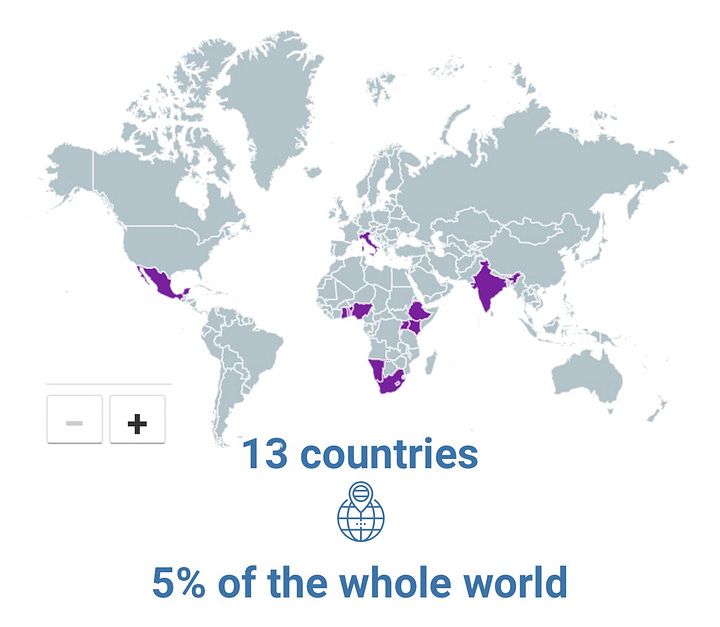
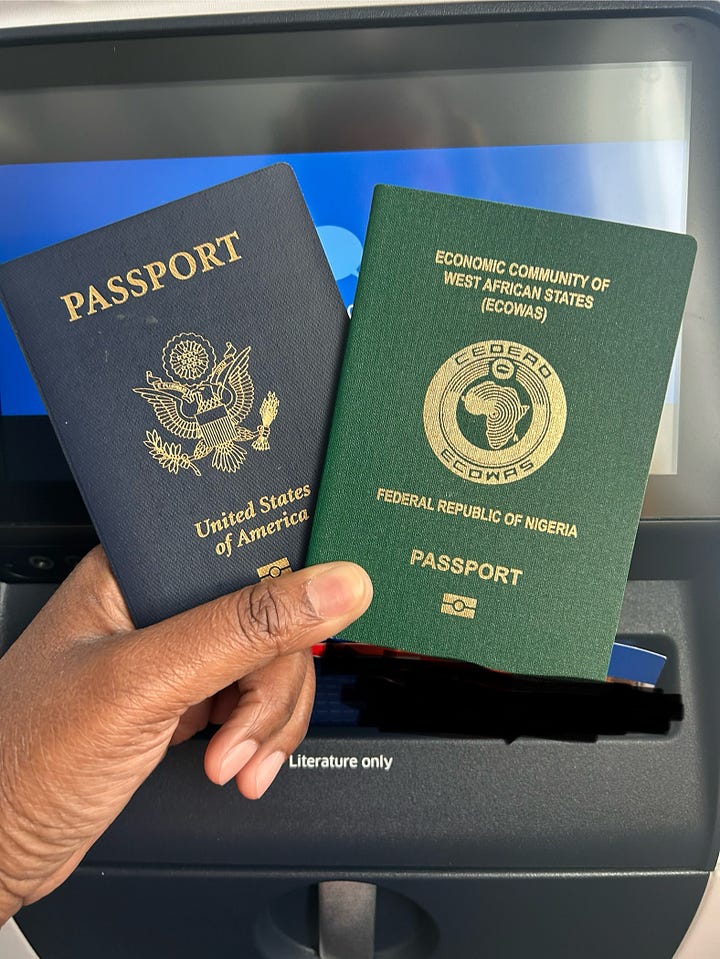
India
India was country number 2 on our year-long journey. Neither of us had ever been. As we traveled around for 5 weeks of incredible art, food, ritual & architecture, I found myself comparing their colonial experience under the British and its afterlife to what I understand of Nigeria. One thing was quite different: the everyday prevalence of indigenous religions, languages & cultural expression. Without ignoring or excusing Modi’s repugnant Hindu nationalism & state-sanctioned Islamaphobia, I wonder what it would be like if Nigeria nationalized Pidgin as a major language, or if the majority of Yoruba people (my ethnic group) still practiced the Ifa religion with pride & confidence. As we continued our travels, India & its multiple histories echoed throughout our year. There it was in the social & labor history of South Africa. There it was in the chapati & curries of Kenya and the national dress of Uganda. In some ways, India was our constant companion for the rest of the year.
Ethiopia
Ethiopia was the only country for which we considered canceling, when some civil unrest broke out in the north. But after waiting so long to visit & checking with locally connected friends, we are so happy we stayed the course. We did, however, halve our visit to one week & focused mainly on the capital of Addis Ababa - soaking in its stories of early Christianity, a troubled biblical dynasty, and Pan-African defiance. We experienced all of this to the backbeat of fierce dancing at Fendika Cultural Center, Maaza Mengiste’s searing contemporary novels & one delicious meal after another. Our fortuitous timing also allowed us to immerse in the spiritual unfolding of the Ethiopian Orthodox celebration of the Entrance of Mary to the Temple. From the sea of white shawls, colorful umbrellas & golden tent for the Arc of Covenant to the hypnotic layering of sound and dance over 5+ hrs of ritual, we were entranced.
Most momentously, at the 11th hour, we re-booked a 2-day trip to the holy northern city of Lalibela. Our guide Kibru & his local counterpart made sure we felt safe as we explored the ancient city’s famous rockhewn churches, as well as one perched on top of a mountain and another in a cave. In each, a scholarly priest in red & gold vestments would tell us the history of their church, translated by Kibru, and show us tucked-away treasures in their care… golden crosses, colorful manuscripts, delicate paintings. It was deeply moving to be invited into such a long spiritual & theological history. This celestial immersion was only matched by our sunrise church service at Bete St. Maryam in Lalibela on Sunday morning. The songs still whisper in my heart.

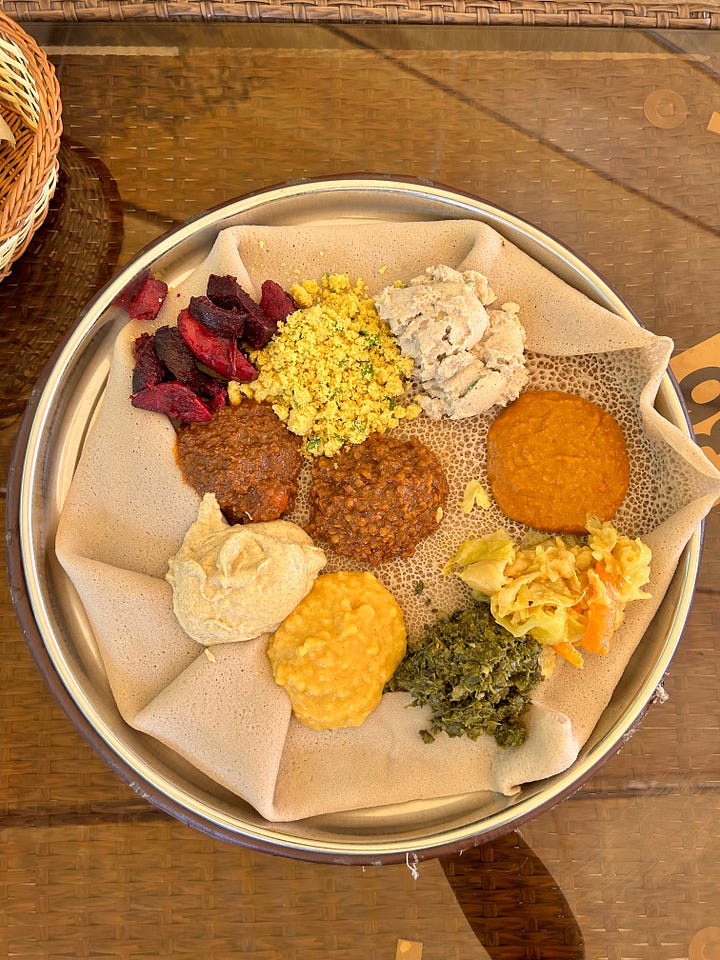
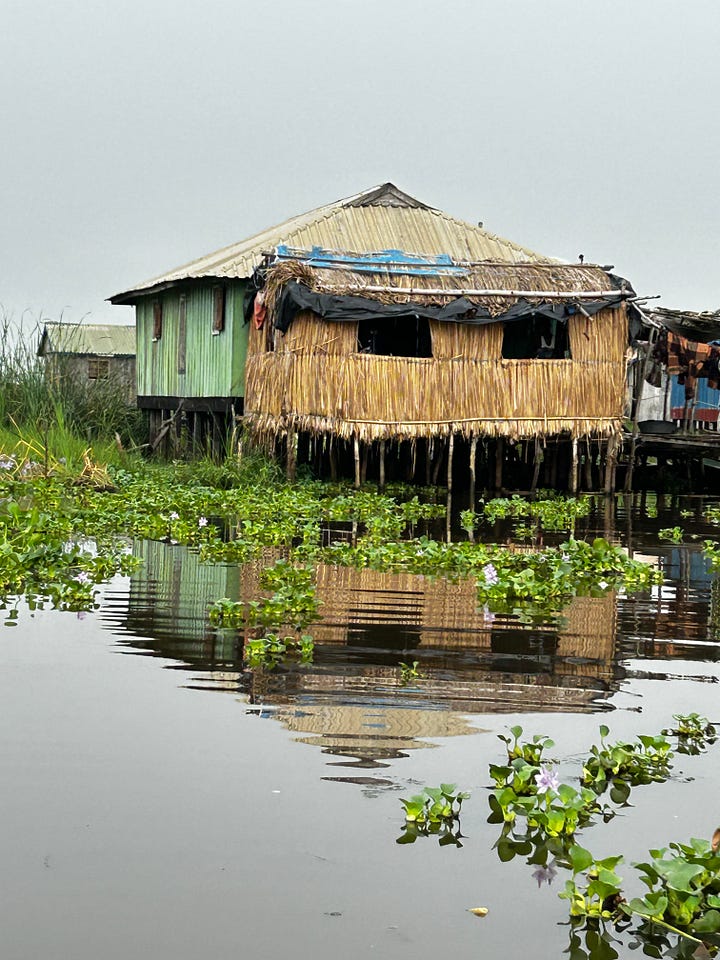
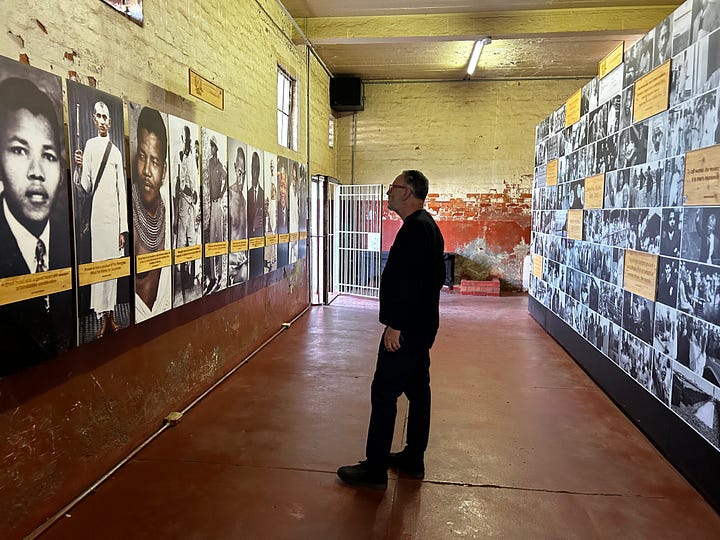
Benin
Perhaps, I first became conscious of the country Benin when much of my family’s belongings from the US remained stuck in their seaport for several years in the late 1970s, due to customs issues. In more recent years, I’ve noticed their incursions into culture, like their Vodoun Festival every January. Yet, it was a bit of a surprise to realize in just a short visit how multifaceted and fascinating tiny little Benin truly is. Back to the topic of indigenous spirituality, among West Africans, the Beninese seem the most proud, the most unapologetic & the most committed to their traditional religions such as Ifa / Vodoun. Just like for a Catholic in Italy, a Jain in India, or a muslim in Senegal, one could easily spot temples, shrines, priests, and other infrastructure for indigenous spiritual nourishment in everyday places and spaces.
For better or worse, humans make religion wherever we gather. I’ve noticed this over and over in life-long travels across 50 countries on five continents. Just as we make stories, music, and feelings, religion is meaning-making at its most elemental, self-referential & aspirational. For Africans, being so thoroughly cut off from our rich & various indigenous cosmologies by colonization & its aftermath is an incalculable loss -- of ideas, values, dreams, philosophies, languages, coping tools & more. This is why our time in India left such an impression on me. How did they hold on to so much? How has Benin?
Besides Vodoun, Benin also boasts incredible artistic & historic spaces, such as multiple palaces in the ancient city of Abomey, the 400+yr old water-dwelling community of Ganvie, early 20th century Afro-Brazillian architecture in Porto Novo, contemporary art at Fondation Zinsou in Ouidah & so many beautiful beaches. I truly cannot wait to visit again.
South Africa
Returning to South Africa after a 21-year absence was very special. I loved it the first, second, and now third time. In some ways, that’s because it reminds me of the United States… but maybe not for the reasons you think. After learning some of their top heinous Apartheid tricks from Jim Crow America, like us and at least on paper, South Africa is now trying to forge a truly democratic & multiracial country for all of its citizens. Like us, they fail at least as often as they succeed. Like us, they have a long & continuous history of struggle and resistance led by the Black people at the bottom. While there, we followed a self-guided resistance tour route.
We drove from Johannesburg to Durban, and again along the Garden Route from Port Elizabeth to Cape Town & the Cape Peninsula. Along the way, we learned how to responsibly visit a township (for another post), explored the revolutionary & restorative power of art, and experienced the deeply generative power of reclaiming traumatic places for the common good. We were most impressed with the architectural, legal & spiritual reclamation project that is Constitution Hill in Johannesburg - an apartheid era jail that held Nelson Mandela, Winnie Mandela & Mahatma Gandhi at different points & now houses the highest court in the land. It also has an art collection and artistic sensibility intentionally woven throughout the architecture & landscape. In a complimentary way, the artist & chef Sanza weaves community & new narratives with delicious nightly Pan-African dinners at the Yeoville Supper Club. South Africa wields the soft power of culture to great effect.
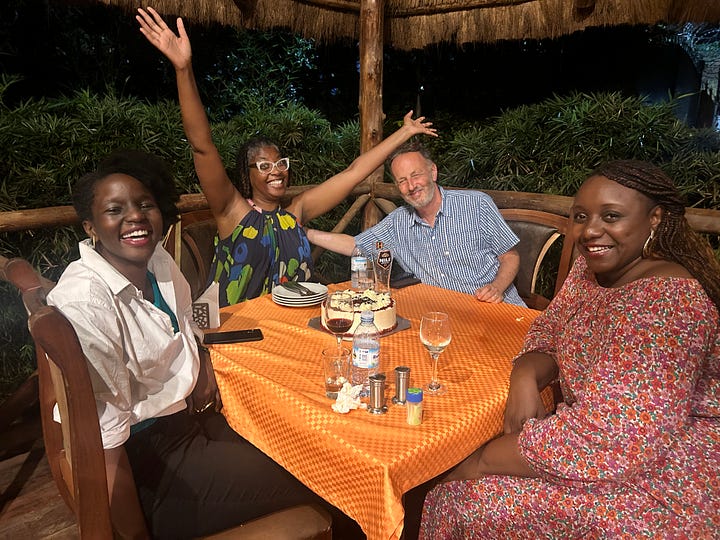
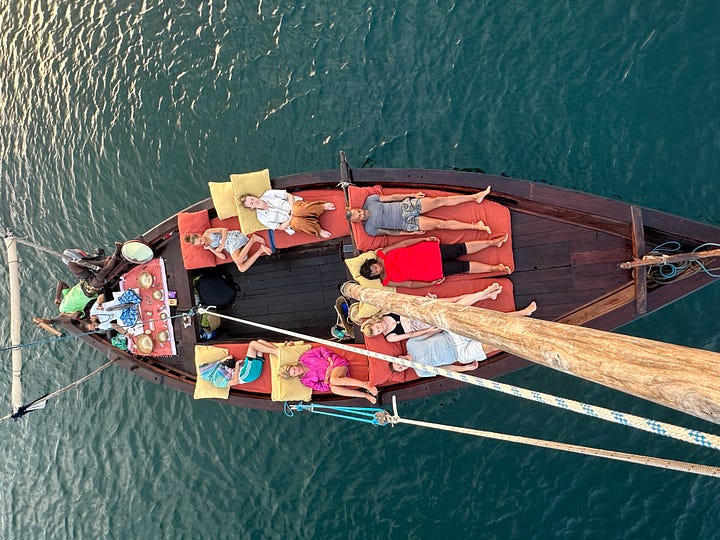

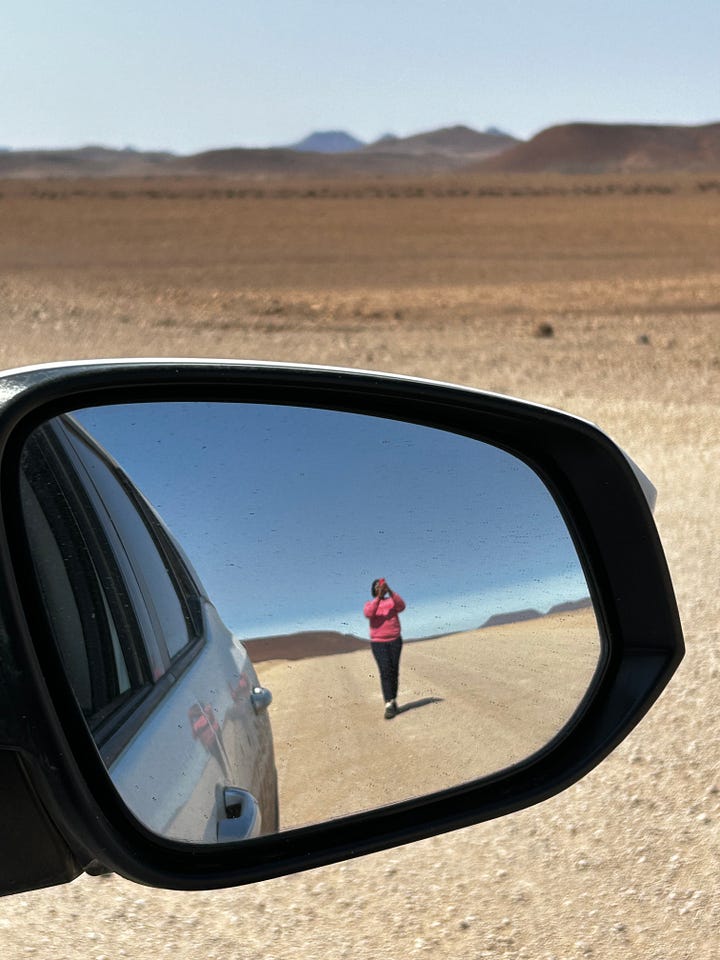
In conclusion
The common theme among these 4 countries is deeply fascinating & singular histories, unique cultural manifestations (art, food, architecture), evocative religions & ritual, all leading to a strong sense of selfhood that one could see, feel, touch. Honorable mentions of similar themes include Sicily, Namibia & Lamu, Kenya. Also, partying for my birthday in Kampala, Uganda was unforgettable! They each have a very strong sense of place I would mistake for nowhere else.
This list is not to throw shade on any of the other places we visited. Each was magnificent in its own right. Future posts will dig in! And you can check it all out on Instagram anytime (late Dec 2022 - early Jan 2024).
Thanks for reading after such a long silence. Ashe.
***
Pls note: Nigeria is disqualified from this round up on the grounds of being my home. I’ll write about it in a separate post(s).
For the record, I do not ascribe to any particular religious orders. Nonetheless, I respect & struggle against the foundational role that religion plays for humans as an imperfect species of seekers.



GREAT!
WHAT I FIND MOST ALLURING ABOUT THE NARRATIVE IS THE CONTROL OF THE ENGLISH LANGUAGE DISPLAYED BY THE STORY TELLER. THE CONTROL IS FIRM, TOTAL, COMPREHENSIVE AND UNAPOLOGETIC. I BELIEVE I HAVE BEEN IN ALL THE COUNTRIES COVERED, BUT ALL SHE HAS RECALLED ARE TOTALLY UNFAMILIAR TO ME. STRANGE! E SE.
Such delicious descriptions of each country!